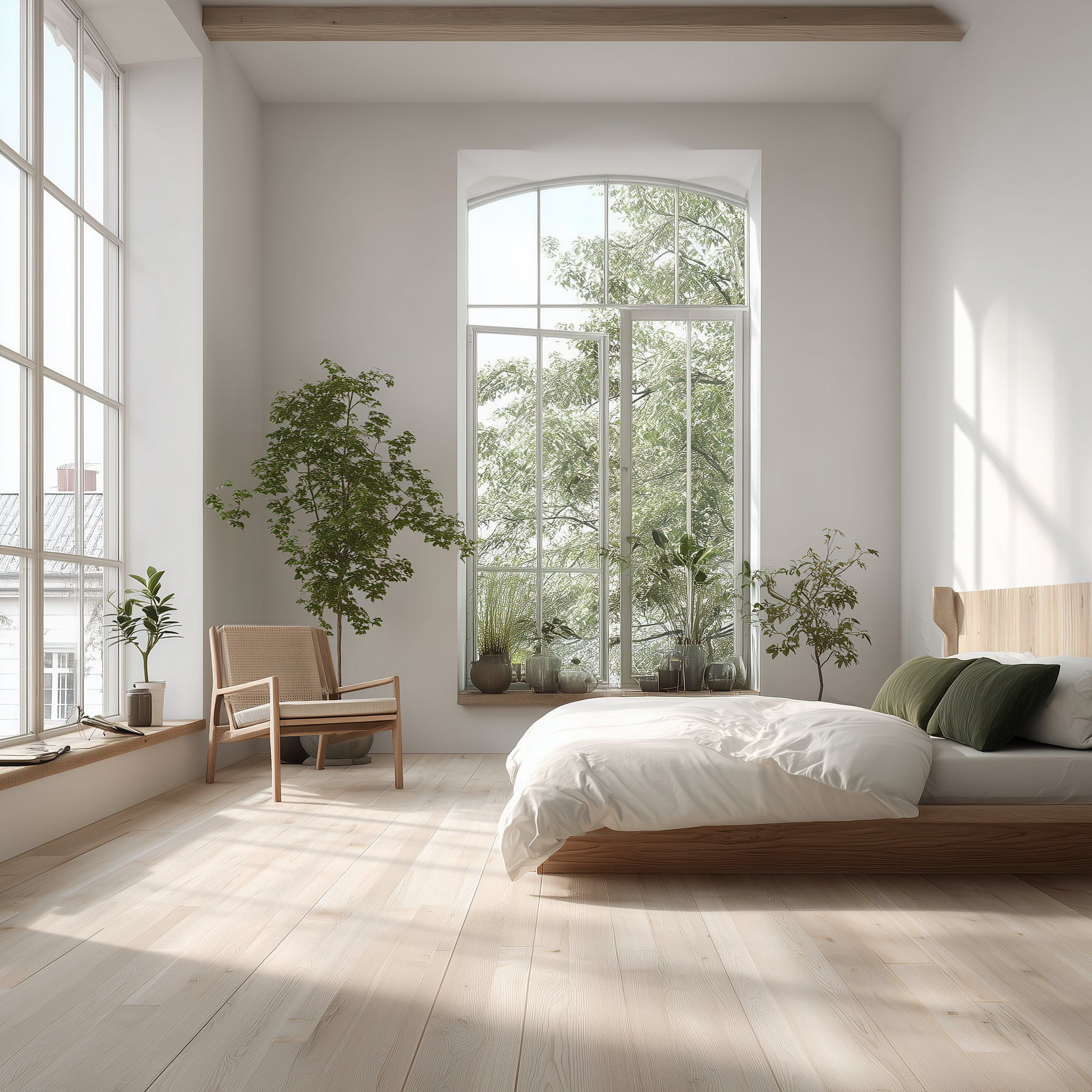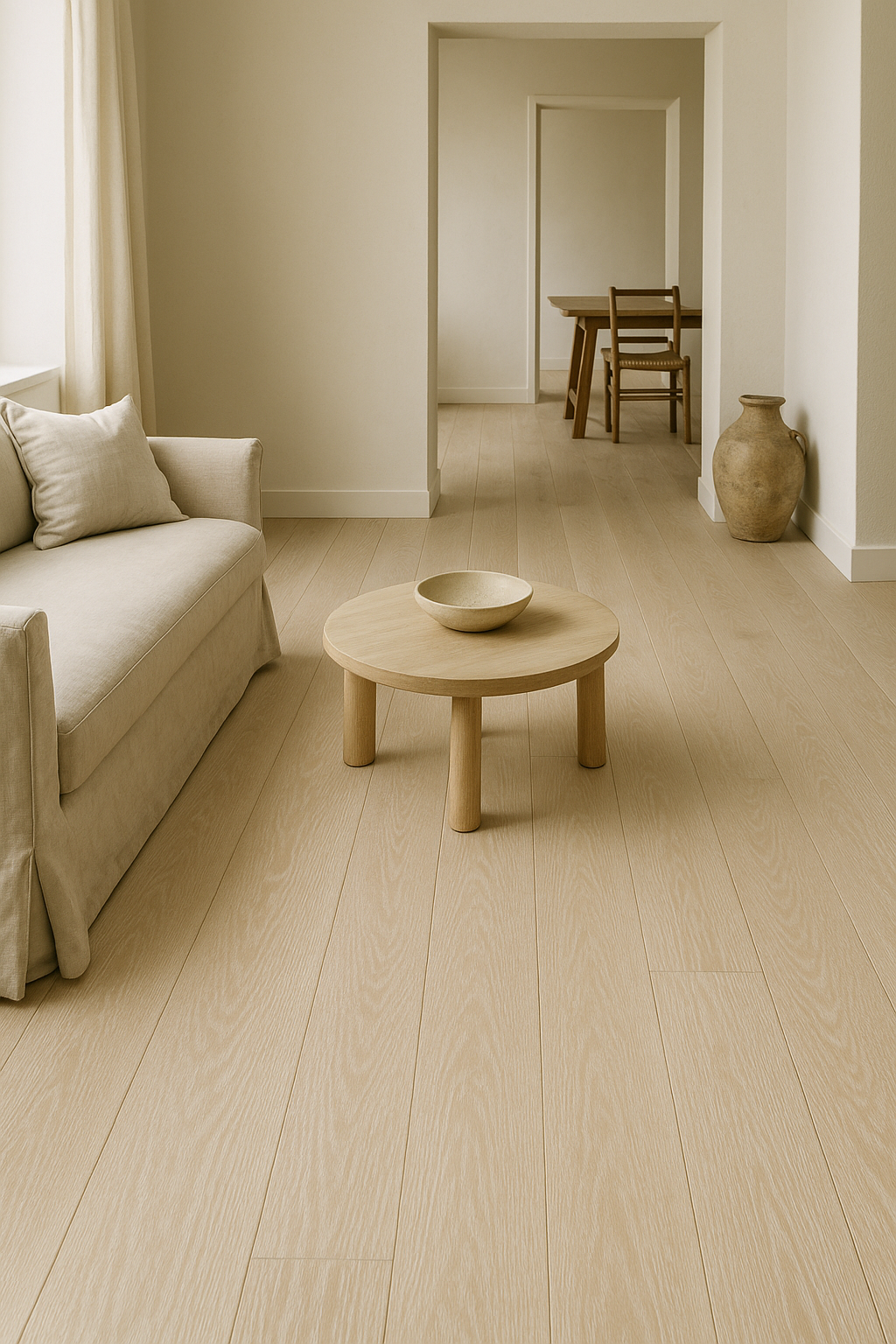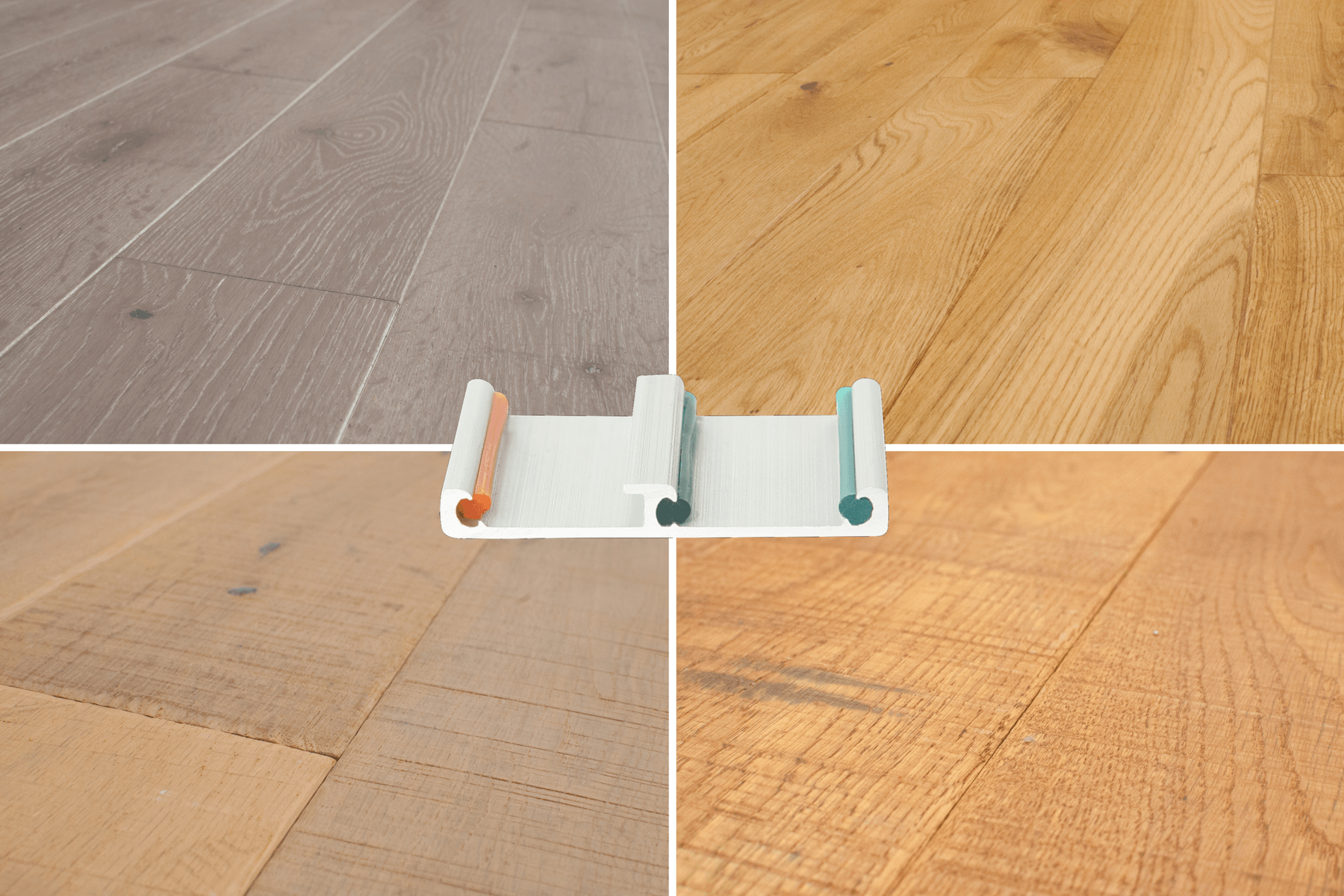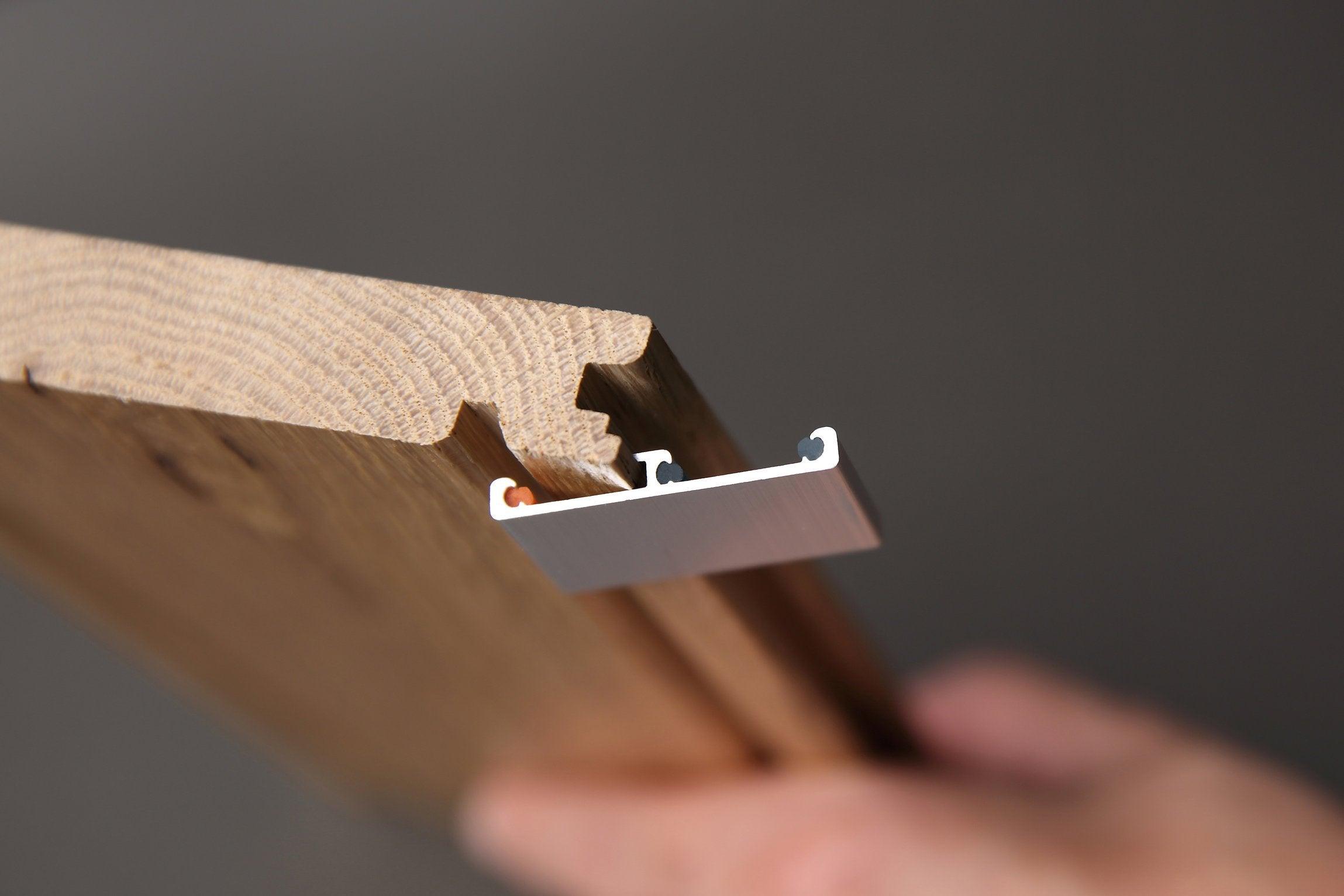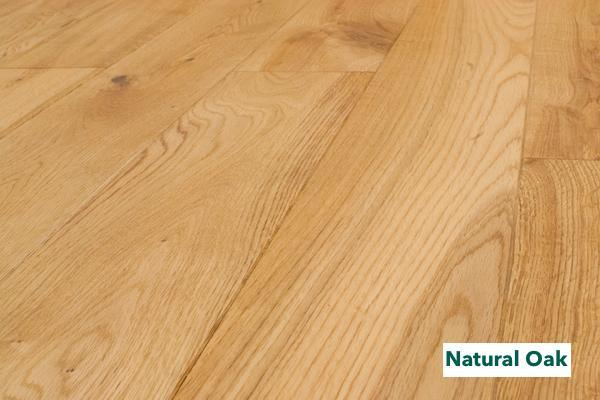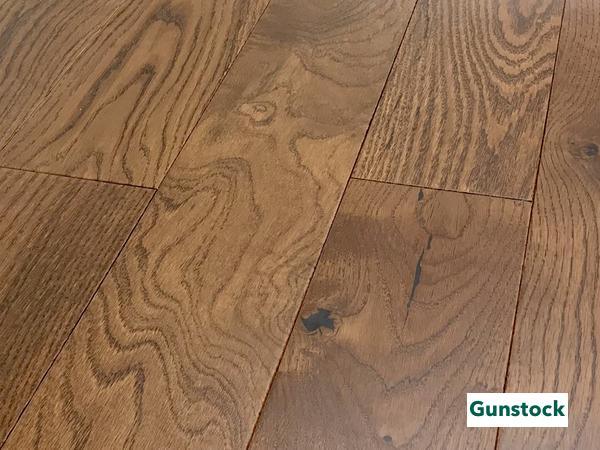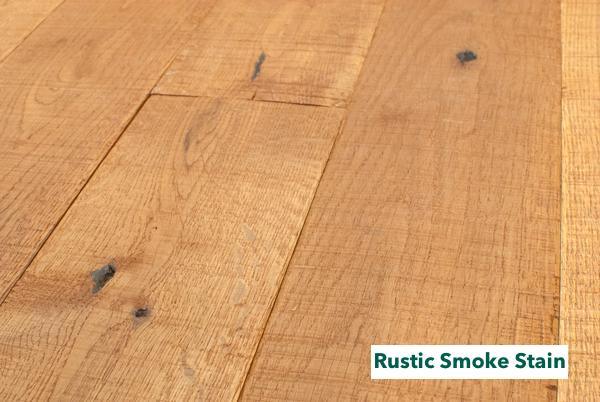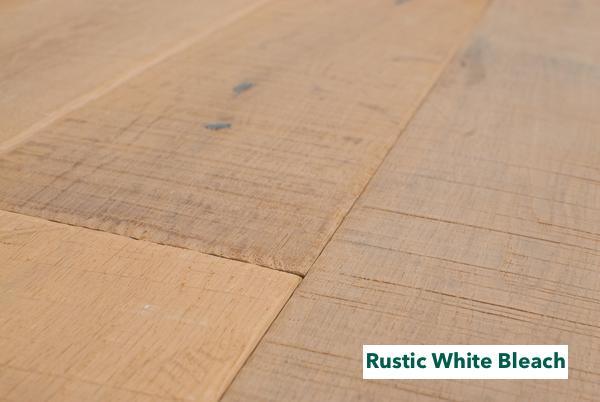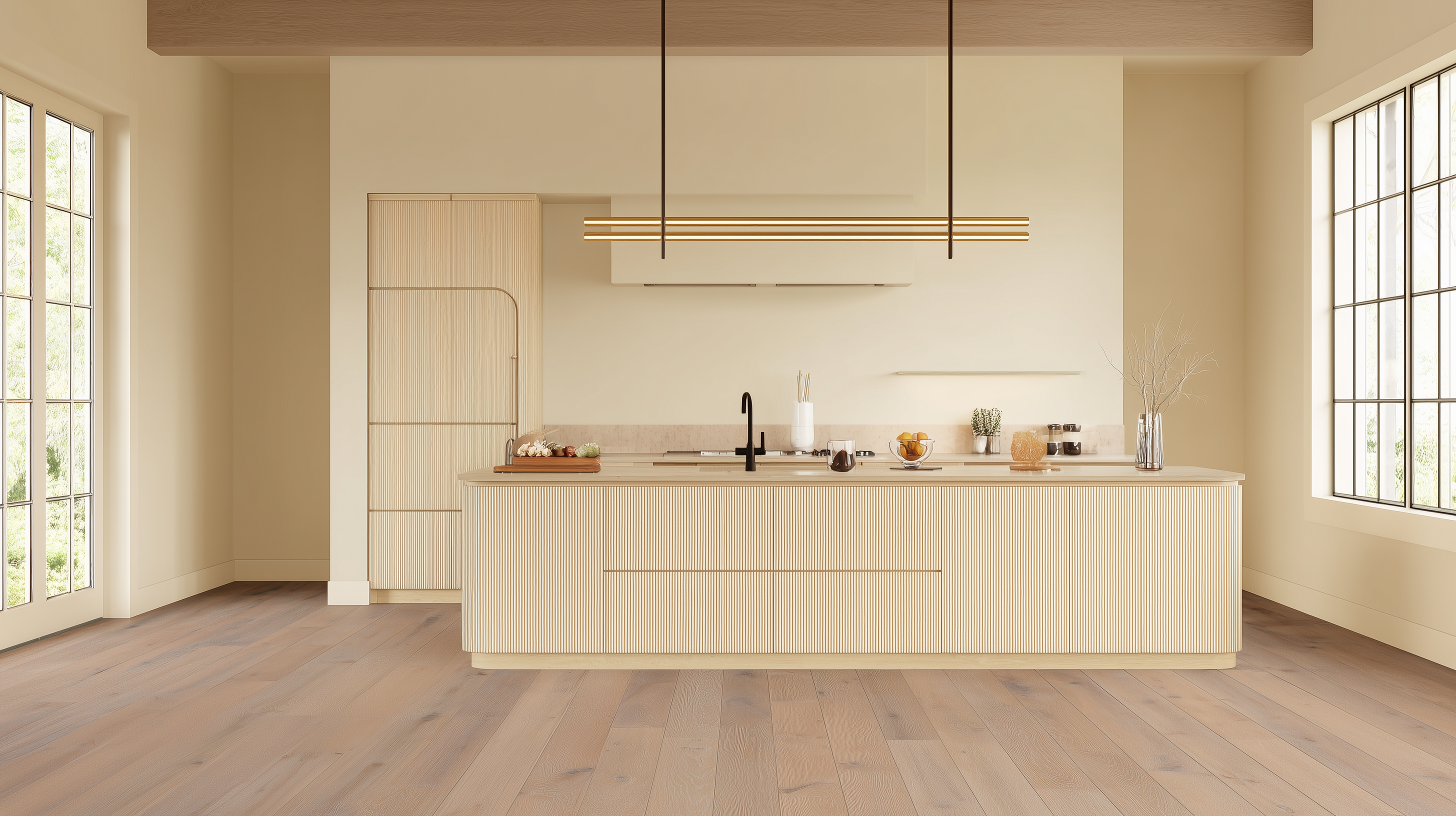In a world of uniform interiors, textured hardwood floors stand out. More than a surface, they add depth, movement, and intention to any room. Unlike glossy finishes that bounce back every reflection, textured wood absorbs the light—offering a grounded sense of permanence underfoot. From hand-scraped oak to saw-marked planks, textured flooring tells a story of craft while disguising everyday imperfections.
This guide explores nine wood textures designers love for their organic variation and ability to create uninterrupted, expressive flooring. If you're dreaming of a floor that feels less polished and more lived-in, this is where to begin.
What are Textured Floors?
When designers talk about a seamless floor, they mean placing the flooring so that there are no unsightly or obvious seams. The floor flows smoothly without repetition, unlike a parquet floor.
One of the greatest challenges of laying floors is to achieve a seamless look. Have you ever seen an engineered wood floor where the grain pattern begins to repeat itself? That’s one reason natural wood is so popular because each board is different, and it looks interesting.
Transitions from one room to another or matching new wood flooring to old can be a challenge. The idea is to place flooring in such a way as not to notice a boundary. One way to obscure it is with texture and finishes.
For a unique look and feel of your new space, consider the different textures, finishes, and techniques available to create a rustic or industrial ambiance.
9 Examples of Wooden Flooring Textures
In this post, we discuss nine of the most popular textured hardwood floors used to achieve a seamless look.
1 - Traditional Smooth Finished Wood

Smooth floors are the most popular choice that you see in almost every home. The top of the board becomes perfectly smooth to the touch after milling or sanding. Multiple finish coats provide an elegant, clean look for any room.
A smooth finish brings a luxurious, sophisticated look to larger areas, especially with dark stains combined with a glossy finish. Smooth finished hardwood floors come in three categories, including classic, matte, and high gloss.
The higher the gloss, the more they show every scratch, scuff mark, or speck of dust. They are high maintenance compared to textured wood finishes. Reserve this style of the floor for low traffic areas and elegant dining rooms.
2 – Lightly Hand-Scraped

Before power tools and belt sanders, hand scraping was the only way to make a board smooth. For designers looking for a more antique look, hand-scraped planks offer boards with slight imperfections that create interest and uniqueness. Most modern flooring manufacturers use milling machines with sanding or gouging wheels set at various heights to create a small wear pattern simulating the look of old worn flooring. Artisans can use hand tools to create an authentic look for each board so that no pattern repeats itself throughout the room.
Hand-scraped floors create contrast in modern rooms, and they are the perfect choice for a vintage look.
3 - Deep or Heavy Scraped Planks

Deep scraping is one technique to create distressed hardwood flooring. The idea behind the heavily scrapped boards is to make the flooring appear genuinely vintage. It’s an excellent choice for homes or rooms that endure heavy foot traffic, such as large families with multiple pets. Scrapping helps to camouflage scratches and dents from daily use.
If you’re curious about how to create a hand scrape floor, watch this 3-minute video, “Distressing Hardwood Floors - DIY Hand Scraping.” Warning: It’s hard to watch them beat up a perfectly good, beautiful red oak floor.
With deep scraping, you’ll see more wear, dings, and nicks than with the light scrape. This is the floor you want if you are going for an antique look.
4 – Wire Brushed Texturing

Sometimes called the European look, wire brushing removes the softer wood grains on the surface of the board. Wire brushed flooring is a texture between smooth and hand-scraped flooring. To create it, artisans or machines use long strokes with a wire brush down the length of the board. The technique results in a more highlighted wood grain with a matte finish. It’s useful for hiding or blending in blemishes of lower grade boards.
Oak is wood that responds well to the wire brush process. It highlights the naturally occurring grains already within the wood. It’s a softer, weathered look. You won’t need to maintain it as much as a smooth, high-gloss floor.
This video lists the tools that professionals use and shows you the wire brushing technique.
5 – The Distressed Wood Look

Hand-distressed floors have become popular across the country for a rustic and casual look. They work well with antique furniture, cabinets, or themes. Distressed wood transforms new lumber into boards that look 100-years old. While reclaimed wood is naturally rustic, manufacturers purposely create distressed wood using machines and handheld tools.
Do you have a busy family and lots of pets, but don’t want to bother maintaining a shiny floor? Distressed floors are an obvious choice. Every new scratch and stain just adds to the ambiance and character.
Distressed wood floors are a popular choice for commercial, industrial, and vintage applications too. They add uniqueness with the added benefit of needing minimal maintenance.
If you want to make DIY distressed floors from scratch (no pun intended), here is a brief article on How to Make Distressed Wood Floors.
6- Reclaimed Wood Floors
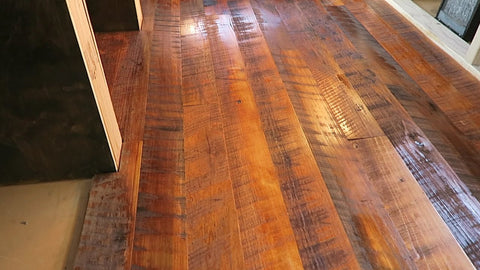
Reclaimed wood comes from salvaging floors and wood from old buildings and homes. Designers and DIYers then reinstall it into a new living space. It’s both an aesthetic and an ecological choice to use reclaimed wood for renovations.
Although the wood might be decades old, it’s usually well preserved and maintained. You’ll see natural wear, nicks, and gouges that give the room a unique look and feel. Why pay someone to create damaged floors when you can get them ready-made from salvage?
Plus, if you know what building the wood came from, you may have a delightful story to tell. Reclaimed wood floors are eco-friendly because you don’t need to cut new trees.
This video shows the process of reclaiming wood from an old barn, milling it, and some beautiful projects that took advantage of this unique material. If you are a DIYer with the time and equipment to mill wood for your projects, this time-lapse video will give you some ideas for reclaiming wood for floors and other projects. Reclaiming wood is a smart way to obtain wood flooring.
7 – The French Bleed Technique

A French Bleed refers to a technique that focuses on the edges of the floorboards to make the floor appear antique. Have you ever been inside an old home and see how dirt collects in the seams of the floor? The seams are darker than the rest of the board.
The French Bleed technique recreates that look by darkening the seams between the boards using stain. You’ll find it mostly in flooring with beveled edges, and it’s typically used with hand scraping to make a uniform antique look. It helps to highlight the width of the boards and adds depth to the floor space.
To see how it looks in both engineered and hardwood floors, take a peek at this video about French Bleed Style Flooring.
8 - Saw Marking Textures

Another technique for creating old looking floors is with saw marking. New boards go into a machine that creates saw marks on the face of the board. It replicates the marks made by large circular saws as they cut the length of the board from a large piece of timber. It’s a unique way of adding character to the wood.
Take a look at this 15-second video of a saw mark machine. Watch it transform a new board into an antique. The board looks like it came from an old sawmill.
The number of saw marks can vary from just 5% coverage on the top of the board up to 90%.
9 - Reactive Stain Flooring

Reactive staining or chemical stained floors have been around since the 1900s. They are making a resurgence due to the popularity of antique building restoration projects. Reactive staining has more to do with color than texture, but we mention it here because of the exciting and varied looks you can get using this technique.
A reactive stain is not an actual stain with pigments. Instead, it’s a water-based chemical solution that reacts with the wood’s tannic acid. Depending on the formula, the wood may become lighter or darker. Iron oxides make the wood look darker and much older than it is, while lye and bleach will turn the wood gray or white.
Tannic acid is a compound found in many types of wood, primarily in oak. As oak ages, it gets darker due to chemical changes in the tannic acid. If you think you want to try it for yourself, this article, “All About Stain Reactive Flooring,” has some recipes. They use some very harsh chemicals, so be careful. You’re better off purchasing a pre-finished floor to avoid the fumes, mess, and hazards.
Benefits of Wooden Flooring Texture
Textured hardwood floors provide a distinctive look to any space, residential or commercial. Texturing brings out the appearance and wood grains inherent in every board. If you want an antique look, a textured floor adds an authenticity that a smooth, highly polished floor cannot.
It’s much easier to obtain a seamless look with textured floors due to the variations in appearance. Reclaimed or distressed wood has a casual look that smooth floors can’t match.
Probably the most significant advantage of textured wood floors is the reduced maintenance. There is no need to stress over claw marks, high heel dents, scratches from toys and furniture, or occasional spills. They just add more character.
Disadvantages of Textured Flooring
While textures are forgiving when it comes to dings and scratches, it’s harder to clean than a smooth floor. All those tiny surfaces hold dust and hair. With a glossy finish, you can vacuum and damp mop in minutes. Plus, not everyone appreciates that “lived-in look.”
Due to the rougher texture, it may not be the best choice for a kitchen area or play area for young children.
Should you need to refinish a portion of the floor due to discoloration or damage, you’ll end up with a patch of floor that’s smooth surrounded by textured wood. You should keep extra boards for replacement should you need them down the road.
Lastly, if you want to sand and resurface them, you’ll lose more surface than if you started with smooth wood. However, that’s not a big issue since hardwood floors last for decades.
Seamless Hardwood Floors
Textured hardwood floors are more than a style choice—they’re a way to bring authenticity, warmth, and character into your home. Their imperfections make them forgiving. Their natural patterns create seamless transitions. And their beauty endures through years of daily living.
Whether you’re after the rustic charm of distressed oak or the understated elegance of wire-brushed finishes, textured hardwood floors offer timeless appeal.
For designers and homeowners alike, textured hardwood flooring offers the rare combination of durability, comfort, and timeless style. Whether you’re curating a heritage-inspired home or a clean-lined modern space, there’s a finish that speaks your language.
Explore Easiklip’s hand-textured solid white oak floors—including our Rustic White Bleach and Rustic Smoke Stain styles. Ready to experience the difference in person? Order your free sample today. Because your floor shouldn’t just match your space—it should elevate it.
